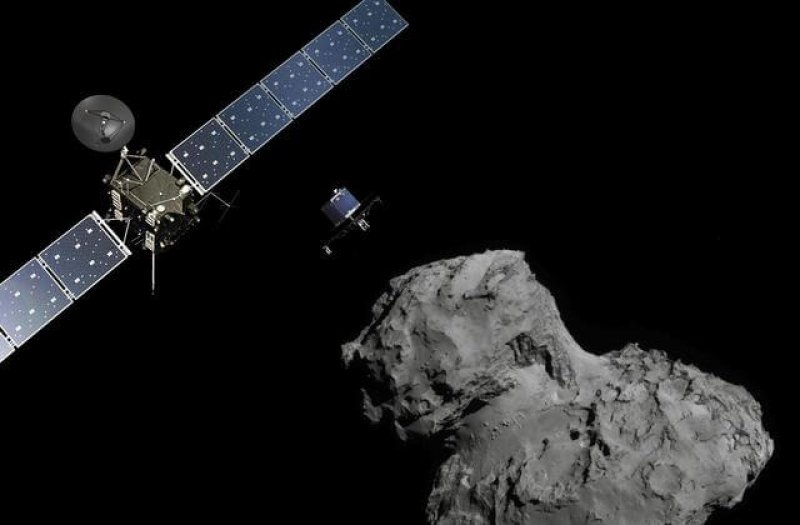By examining interstellar asteroids and comets up close, argues Harvard astronomer Avi Loeb, we might be able to tell whether life exists elsewhere in the Milky Way galaxy—and we could do so without having to leave the cozy confines of our Solar System.
…
A major benefit of such a mission is that, assuming we find traces of life on an exotic object, we’d have tangible, empirical proof of alien life. This proof of life could come in three forms: microbial or animal life capable of surviving the harsh conditions of space (and possibly even re-entry through a planet’s atmosphere, spreading life elsewhere); the dead remnants of alien life (seen as chemical or biosignatures); or so-called techno-signatures, that is, the technological artifacts left by aliens.
Here’s how Loeb envisions such a project:
My dream project is to organize a space mission that will land on the surface of trapped interstellar objects within the Solar System and check whether they have signs of life.
…
Loeb’s dream experiment may be a long shot, but in many ways, it’s quite feasible. We’re actually getting really good at detecting biosignatures and biomarkers within Earth’s oldest rocks, and similar approaches could be used when exploring nearby asteroids and comets. At the same time, next-gen telescopes could be used to sniff out potential biosignatures from afar.
Read full, original post: Why a Mission to a Visiting Interstellar Object Could Be Our Best Bet for Finding Aliens































